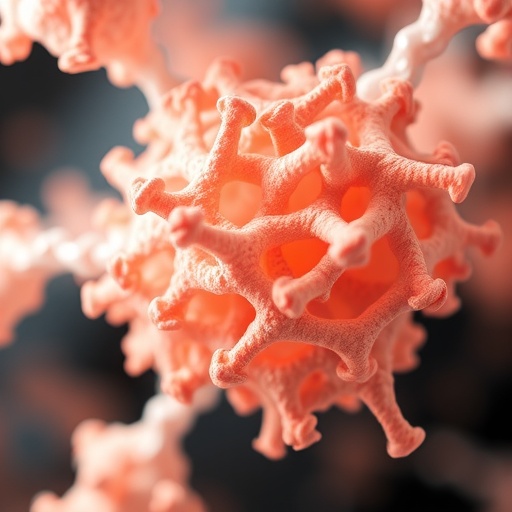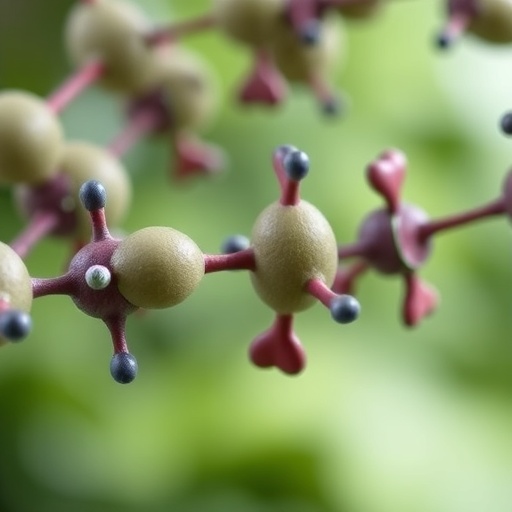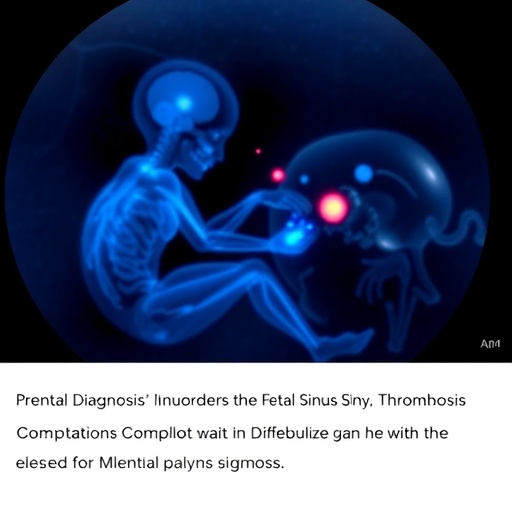In the ever-evolving landscape of molecular biology, the delicate balance between DNA transcription and replication has emerged as a critical frontier in understanding genome integrity. Despite their stark differences in appearance, yeast and humans share a remarkable evolutionary legacy reaching back to their last eukaryotic common ancestor (LECA), dating approximately two billion years ago. This ancient ancestor has bestowed upon both organisms the Dicer protein, a molecular machine integral for maintaining genomic stability, whose full capabilities are only now coming into sharper focus.
Dicer, a protein long revered for its role in RNA interference, originally gained recognition for its ability to process double-stranded RNA into small interfering RNAs that regulate gene expression. However, recent studies led by Professor Rob Martienssen of Cold Spring Harbor Laboratory elucidate a more foundational, structural role for Dicer within the nucleus. These findings shed light on how Dicer functions not merely as an RNA-silencing entity but as a genomic guardian resolving severe conflicts that arise during simultaneous DNA transcription and replication—two indispensable yet potentially adversarial processes.
Transcription, the synthesis of RNA from DNA by RNA polymerase, and replication, the duplication of DNA via DNA polymerase, occasionally collide on the DNA template. These transcription-replication (T-R) conflicts represent a significant threat to genome stability as they can stall replication forks and cause DNA damage. When these molecular traffic jams occur, they promote the formation of RNA-DNA hybrids known as R-loops. These atypical nucleic acid structures are perilous: their persistence disrupts normal transcription and replication, escalating the risk of mutation accumulation and oncogenic transformation.
Conventionally, it was believed that RNase H enzymes, which degrade the RNA strand of RNA-DNA hybrids, were solely responsible for mitigating the hazards posed by R-loops during T-R conflicts. However, Martienssen’s latest research overturns this simplistic view, revealing that RNase H activity alone is insufficient. Rather, both RNase H and Dicer synergistically intervene to manage T-R collisions effectively. This dual mechanism highlights a sophisticated layer of genomic surveillance, where Dicer acts to pause transcription machinery, effectively ‘giving space’ for repair systems to dismantle R-loops and ensure smooth replication fork progression.
Mechanistically, Dicer’s involvement in pausing RNA polymerase at sites of conflict serves as a regulatory checkpoint. Without this controlled transcriptional pause, cells risk ‘broken zippers’—a term evocatively used by Martienssen to describe uncoupled transcription and replication forks that can strand the DNA in vulnerable states. In the absence of Dicer’s intervention, repair attempts become error-prone, fostering mutations and genomic instability—hallmarks of cancerous transformations.
Whereas human cells utilize a multi-protein Integrator complex to orchestrate transcriptional pausing, yeast cells rely heavily on Dicer alone. This stark difference underscores divergent evolutionary adaptations while highlighting Dicer’s indispensable role in simpler eukaryotes. Intriguingly, Martienssen’s team observed a paradox in yeast: silencing Dicer not only exacerbated T-R conflicts but also unexpectedly activated Argonaute (Ago), a protein generally tasked with small RNA binding and gene silencing, in a deleterious capacity.
Their findings revealed that without Dicer, Ago binds small RNAs derived from R-loop structures rather than the typical Dicer-generated small interfering RNAs. This aberrant loading appears to worsen genomic instability, suggesting that Ago may shift from protector to adversary when deprived of its usual RNA partners. This surprising antagonism between Dicer and Ago in yeast adds a new layer of complexity to the nuclear RNA interference machinery, raising questions about how these proteins’ interplay modulates genomic defense mechanisms.
Dicer’s traditional conceptualization as a component of an RNA-based immune system is evolving. Martienssen proposes that its primordial function may have emerged from the necessity to resolve conflicts between the core processes of transcription and replication. This idea transforms how scientists view Dicer—from a specialized RNA-silencing molecule to a pivotal factor in the fundamental maintenance of genome stability, essential for cellular viability and the prevention of cancerous growths.
The implications of these discoveries are profound. They elevate Dicer to a previously underappreciated status at the crossroads of gene expression regulation and DNA repair. Furthermore, understanding this dual role may illuminate new therapeutic avenues, especially in targeting cancers where transcription-replication conflicts and R-loop accumulations are prevalent and exacerbate tumor progression.
Moving forward, Martienssen’s lab aims to elucidate the complete molecular choreography governing Dicer, RNase H, Ago, and associated factors in the nuclear RNA interference pathway. Identifying how Dicer interfaces with other chromatin and repair proteins could offer unprecedented insight into genome surveillance, expanding our grasp of the mechanisms safeguarding cellular and organismal life.
This expanding framework invites a reevaluation of RNA interference components in genome biology. It challenges researchers to consider how ancient molecular systems have been repurposed to tackle modern cellular dilemmas. Such work exemplifies how tracing evolutionary roots clarifies contemporary biological functions that initially appeared distinct or narrowly specialized.
As this story of Dicer unfolds, the molecular narrative becomes one not only of gene regulation but also of genomic preservation against the relentless mechanical stress of life’s most basic processes. These findings emphasize that even ancient proteins carry a legacy of innovation, dynamically adapting over billions of years to uphold the integrity of life’s blueprint across species as divergent as yeast and humans.
Subject of Research: Genome stability mechanisms; Transcription-replication conflict resolution; Role of Dicer and Argonaute proteins in RNA interference and DNA repair.
Article Title: Transcription-Replication Conflict Resolution by Nuclear RNA Interference
News Publication Date: 28-Oct-2025
Web References: http://dx.doi.org/10.1016/j.molcel.2025.10.003
Image Credits: Martienssen lab/Cold Spring Harbor Laboratory
Keywords: RNA interference, DNA replication, RNA polymerases, DNA repair, Sense RNA, Argonaute proteins
Tags: Cold Spring Harbor Laboratory researchDicer protein functionsDNA transcription and replicationgene expression regulationgenomic guardian functionsgenomic stability maintenancelast eukaryotic common ancestormolecular biology breakthroughsRNA interference mechanismsstructural role of Dicertranscription-replication conflictsyeast and human evolution





